Frequently asked questions.
Questions about AC, Heating & More
1. Check the thermostat: Ensure that the thermostat is set to "heat" and that the temperature is set high enough to trigger the furnace to turn on.
2. Check the furnace switch: Make sure that the switch that controls the furnace is turned on.
3. Check the circuit breaker: If the furnace is not receiving power, check the circuit breaker to ensure that it hasn't tripped.
4. Replace the air filter: If the air filter is dirty, replace it with a new one. A dirty air filter can cause the furnace to malfunction.
5. Check the pilot light: If your furnace has a pilot light, make sure it is lit. If it has gone out, follow the instructions in the furnace manual to relight it.
6. Call a professional: If none of these steps fix the problem, it's time to call a professional HVAC technician. They have the expertise to diagnose and repair any issues with your furnace.
Remember, furnace repairs can be dangerous and should only be done by a trained professional. It's better to be safe than sorry, so don't hesitate to call a professional if you're not sure what to do.
- Check the thermostat: Make sure the thermostat is set to "cool" and that the temperature is set low enough to trigger the AC to turn on.
- Check the circuit breaker: Check the circuit breaker to see if it has tripped. If it has, switch it back on.
- Replace the air filter: Check the air filter to see if it is dirty. If it is, replace it with a new one. A dirty air filter can cause the AC to malfunction.
- Check the condenser unit: Check the outdoor condenser unit to make sure it is clean and free of debris. If it's dirty, clean it with a hose.
- Check the indoor air handler: Check the indoor air handler to make sure the blower motor is working. If it's not, call a professional.
- Call a professional: If none of these steps fix the problem, it's time to call a professional HVAC technician. They have the expertise to diagnose and repair any issues with your AC.
Remember, AC repairs can be dangerous and should only be done by a trained professional. It's better to be safe than sorry, so don't hesitate to call a professional if you're not sure what to do.
If your thermostat has stopped working, here are some steps you can take:
Check the power source: Ensure that the thermostat is receiving power. If your thermostat is battery-operated, try replacing the batteries. If your thermostat is wired to your electrical system, check the circuit breaker to ensure that it has not tripped.
Check the settings: Check the settings on the thermostat to ensure that they are correct. Make sure that the thermostat is set to the desired temperature and that the system is set to the right mode (heat, cool, or off).
Clean the thermostat: Dust and dirt can accumulate on the thermostat's sensors, which can cause it to malfunction. Clean the thermostat with a soft brush or a can of compressed air.
Check the wiring: If your thermostat is wired to your HVAC system, check the wiring to ensure that it is properly connected. You can turn off the power to the system before checking the wiring.
Call a professional: If none of the above steps solve the problem, it's time to call a professional. An HVAC technician will be able to diagnose the problem and recommend a solution. They can also replace the thermostat if necessary.
Remember, it's important to address thermostat issues promptly to ensure that your home stays comfortable and your HVAC system operates efficiently.
The type of furnace that is right for your home depends on several factors, including the size of your home, your budget, and your heating needs. Here are some common types of furnaces and their advantages:
- Gas furnaces: These are the most popular type of furnace in North America, as they are efficient and cost-effective. Gas furnaces use natural gas or propane to generate heat and can be up to 98% efficient.
- Electric furnaces: These furnaces are a good option if you don't have access to natural gas or propane. They are less efficient than gas furnaces, but they are relatively inexpensive and require little maintenance.
- Oil furnaces: These furnaces are typically used in areas where natural gas is not available. They are more expensive than gas furnaces, but they are highly efficient and can last for many years with proper maintenance.
- Dual-fuel furnaces: These furnaces combine a gas or oil furnace with an electric heat pump. They are highly efficient and can switch between gas/oil and electric heat, depending on which is more cost-effective at the time.
To determine the right furnace for your home, you should consult with an HVAC professional who can assess your needs and recommend the best option for you. They will consider factors such as the size of your home, your budget, and your heating requirements to help you make an informed decision.
It is recommended to have your HVAC system serviced at least once a year, preferably before the start of the heating or cooling season, to ensure optimal performance and energy efficiency.
Signs that your HVAC system may need repair include unusual noises, reduced airflow, foul odors, frequent cycling, higher energy bills, and inconsistent temperatures throughout your home or building.
Questions about Casa Heating & Cooling
Casa Heating & Cooling services a wide range of HVAC systems, including furnaces, air conditioners, heat pumps, boilers, ductless mini-split systems, and more.
Yes, we offer financing options to help make HVAC services more affordable for our customers. Contact us for more information.
The installation time for an HVAC system can vary depending on the size and complexity of the installation, but typically takes 1-3 days.


